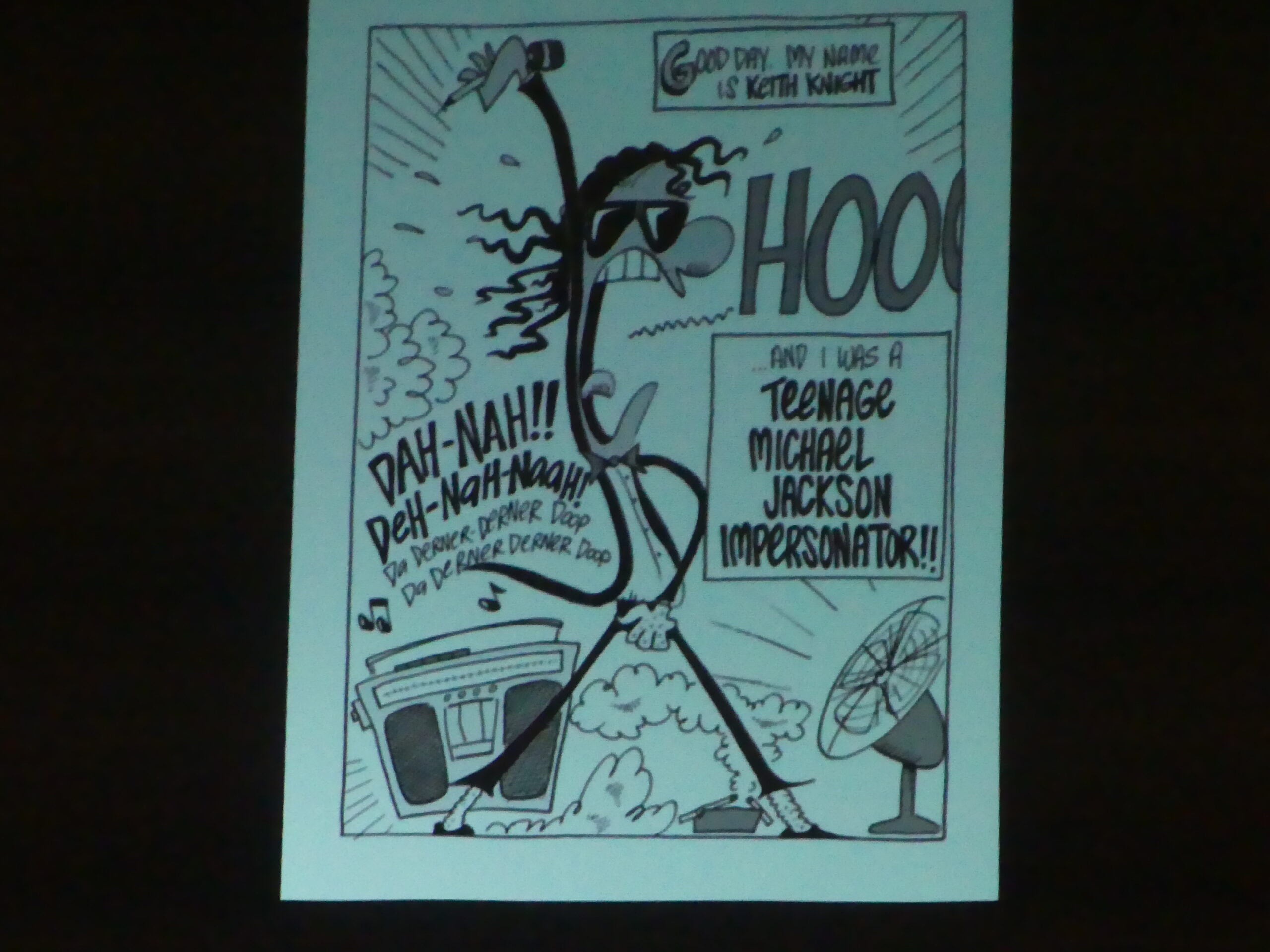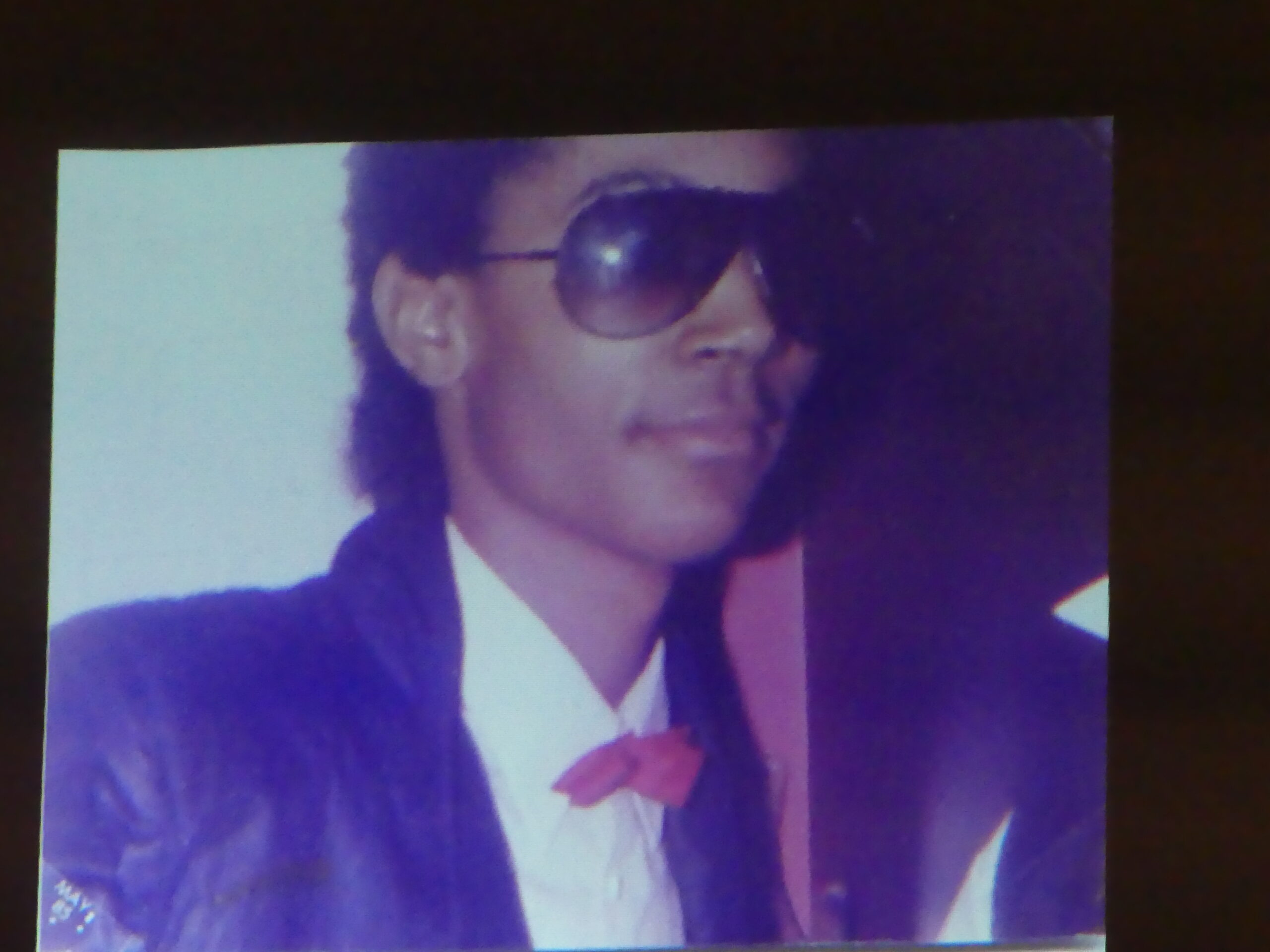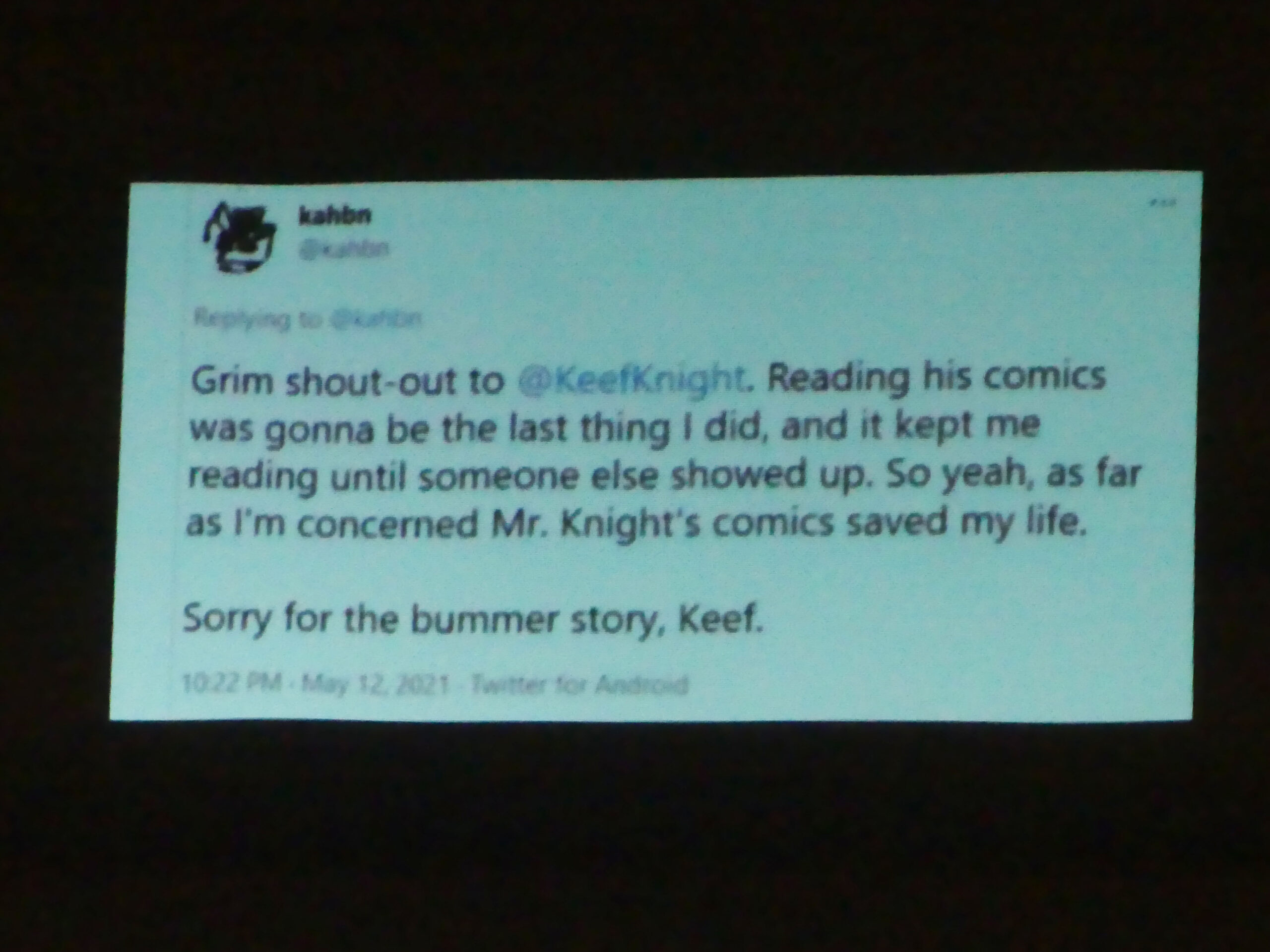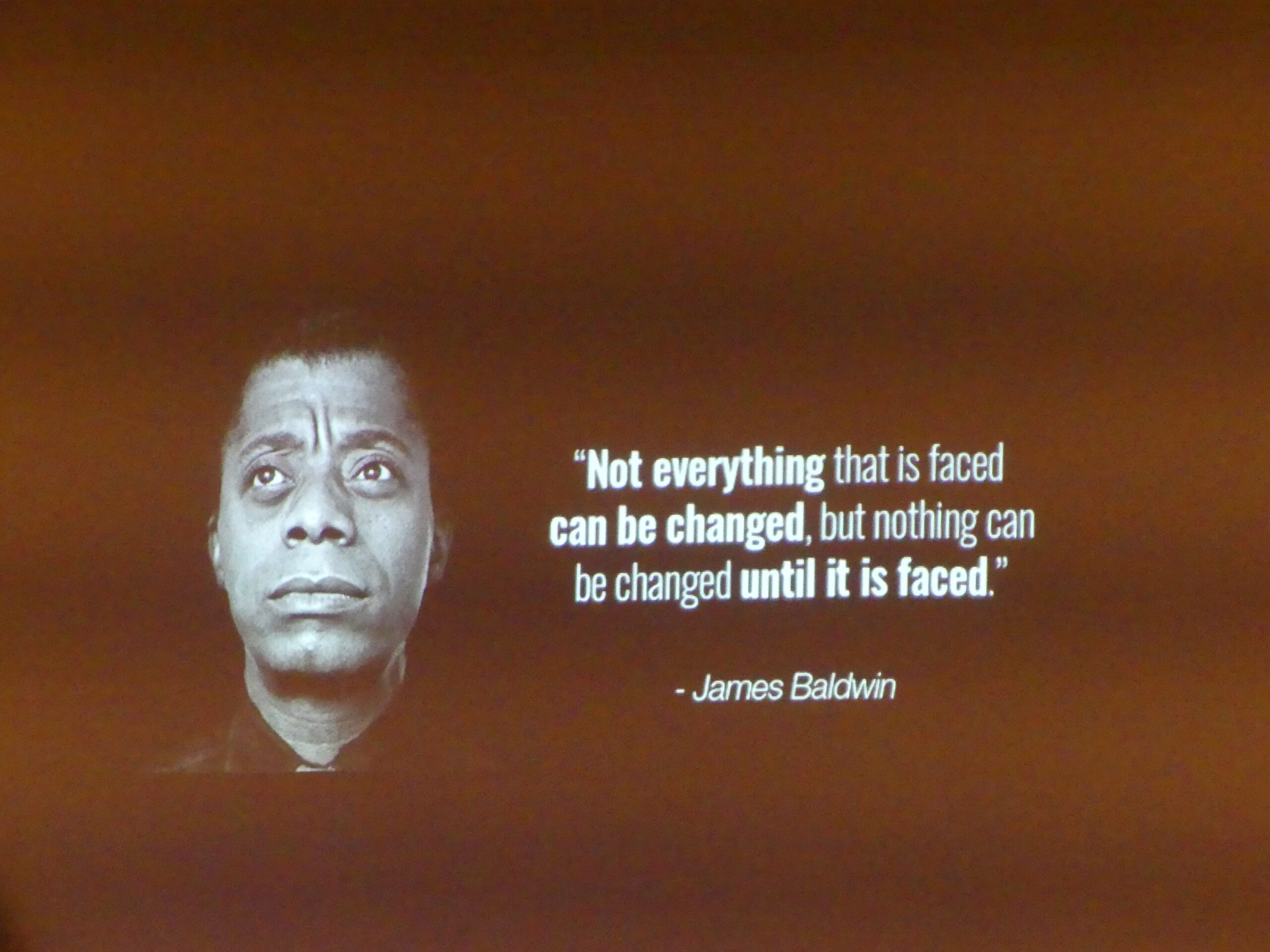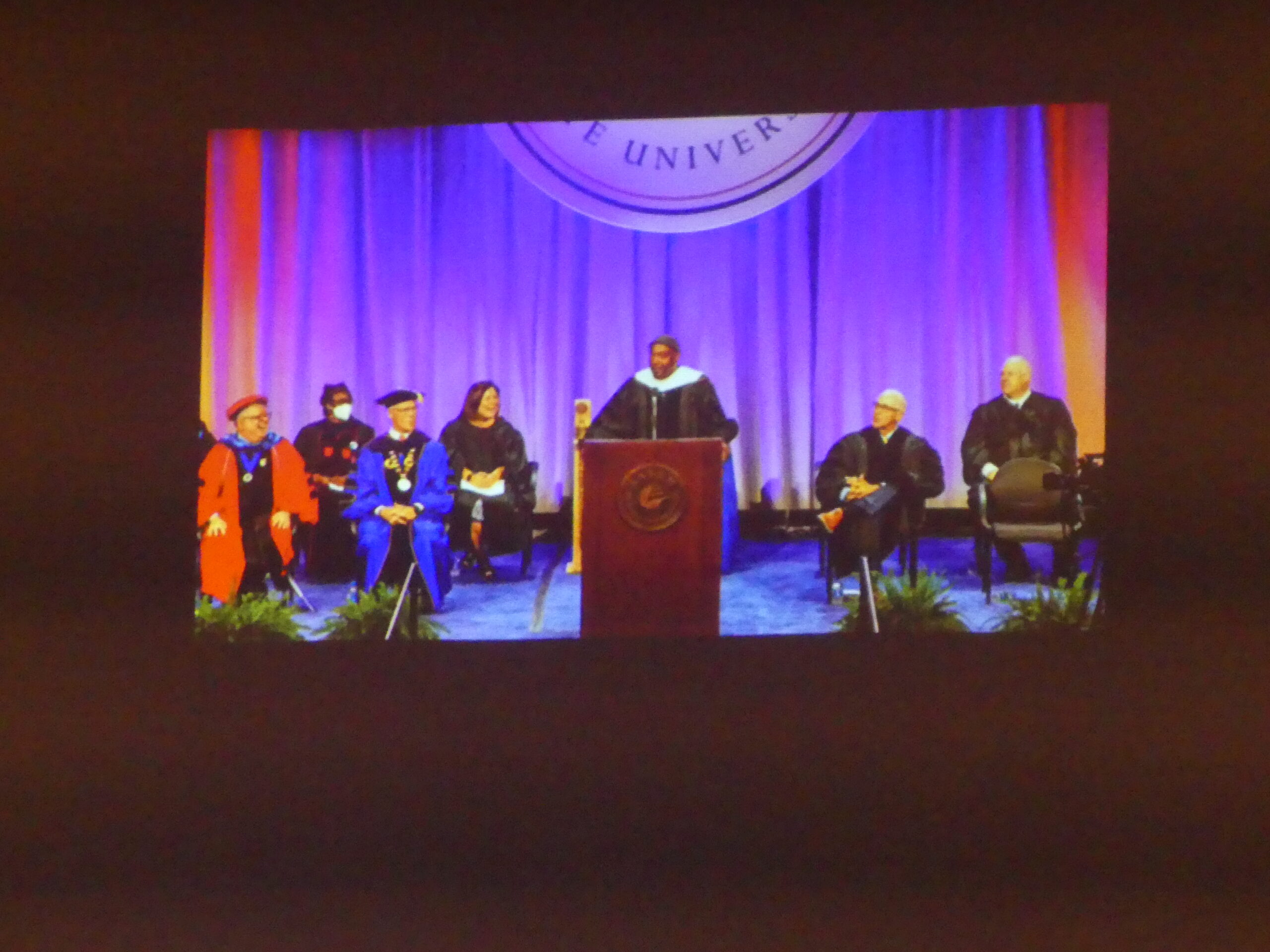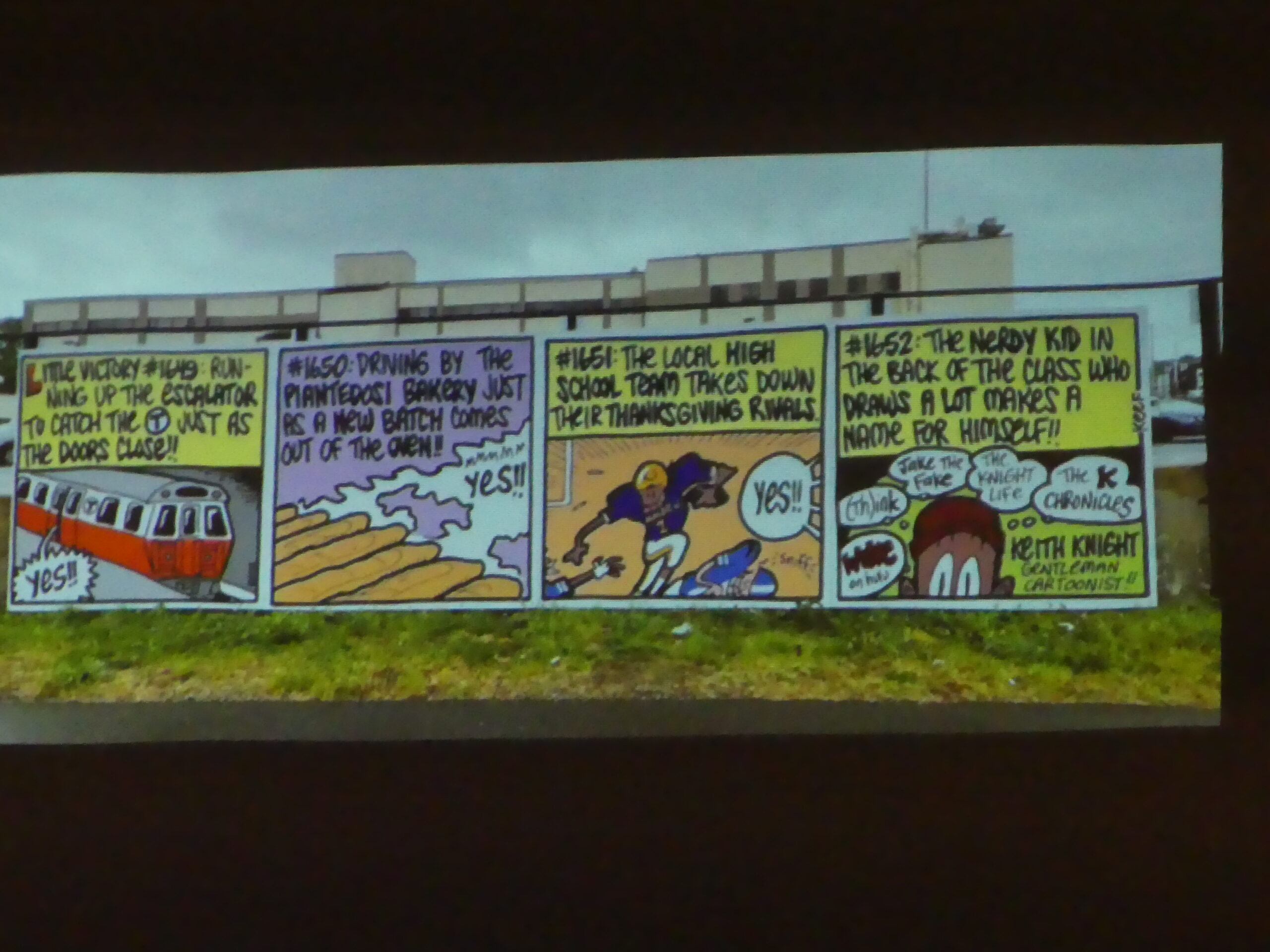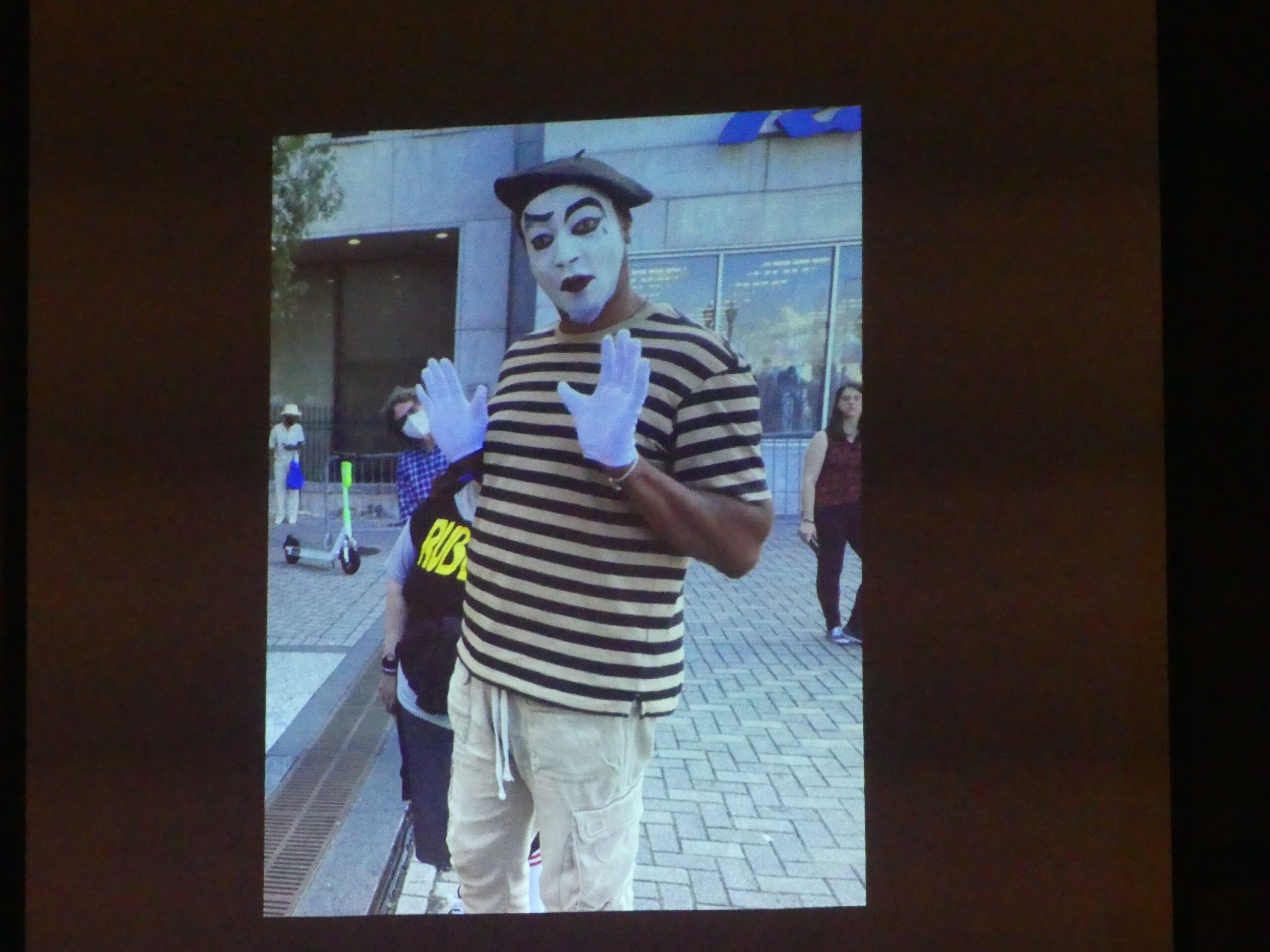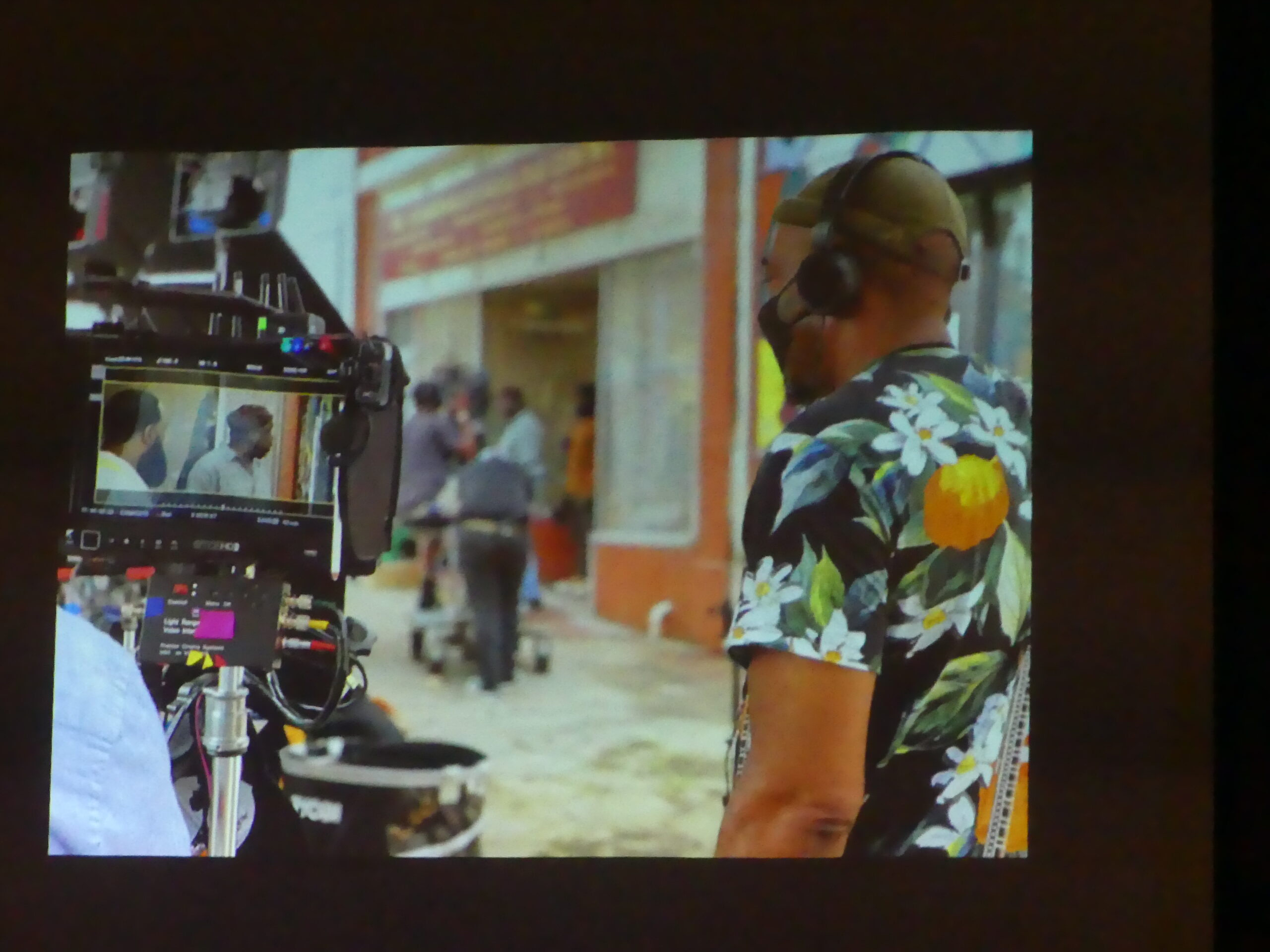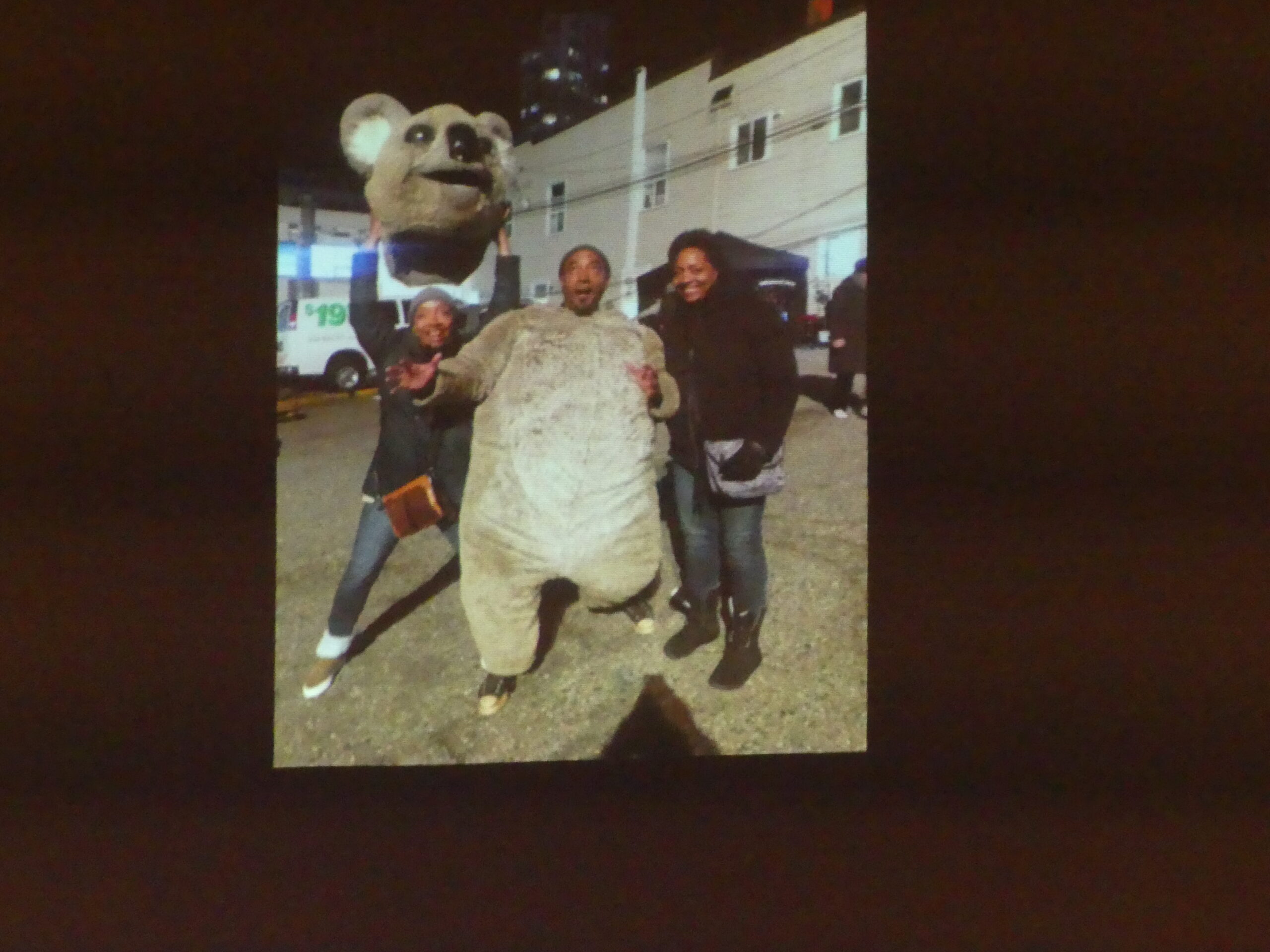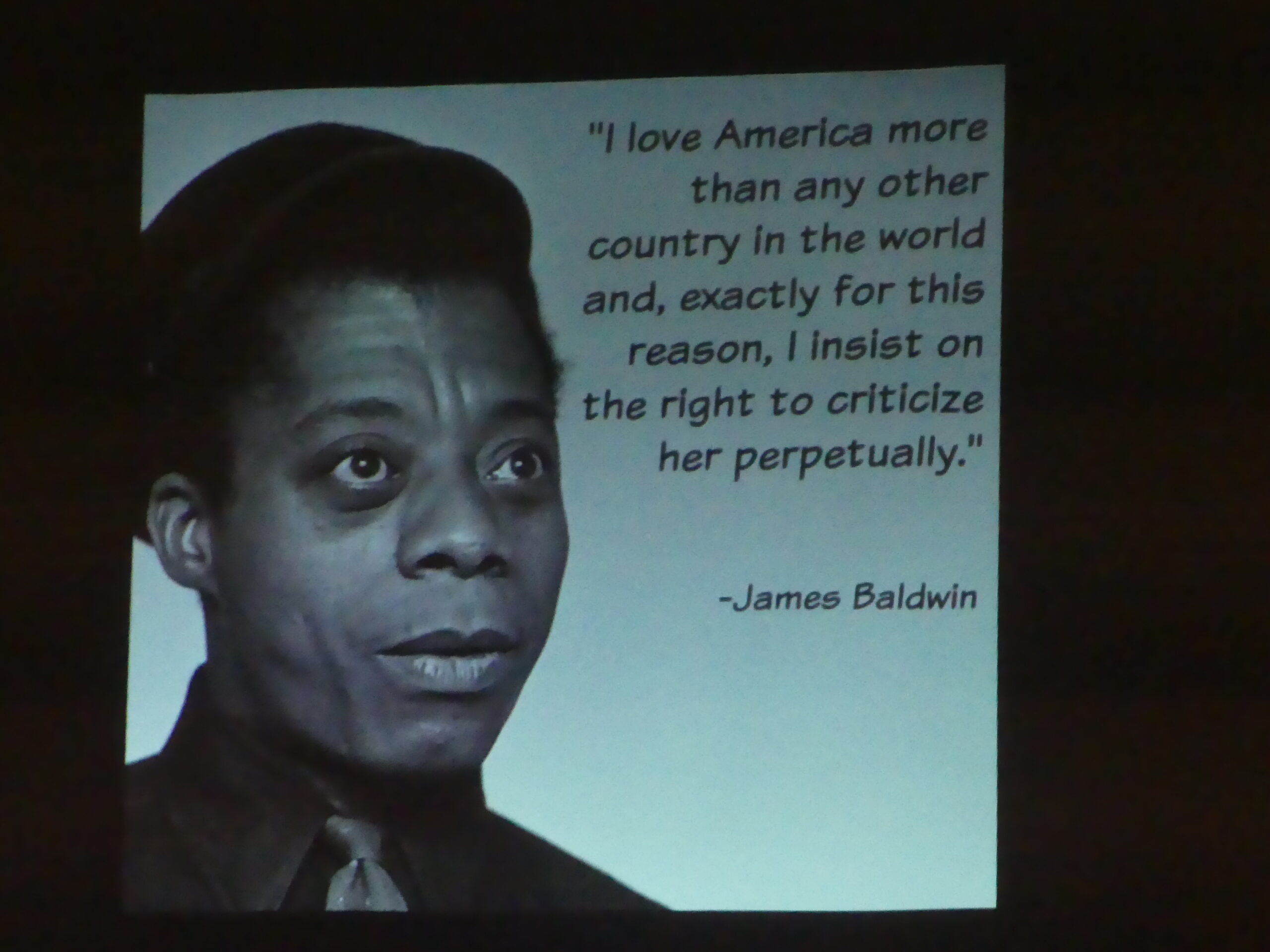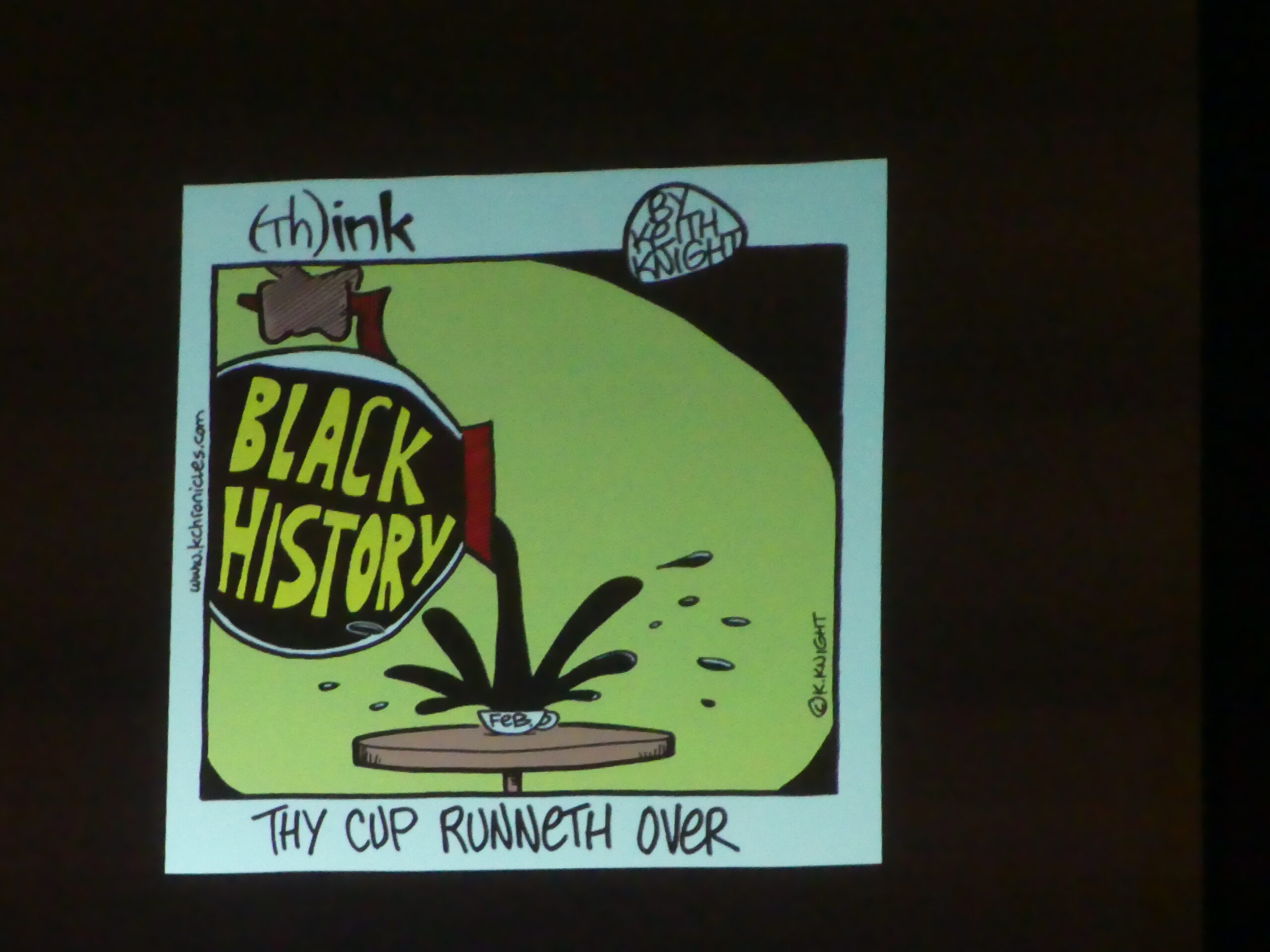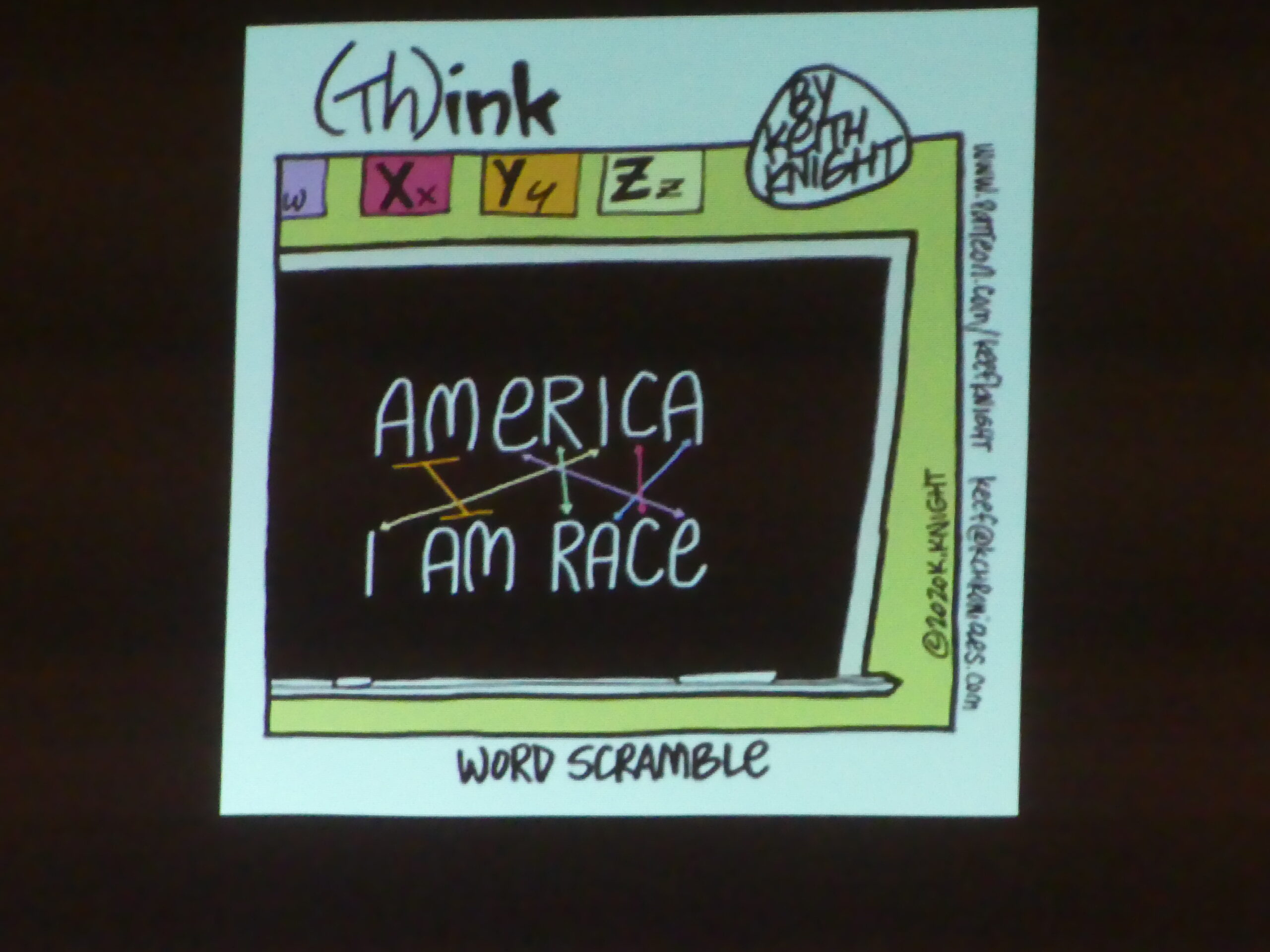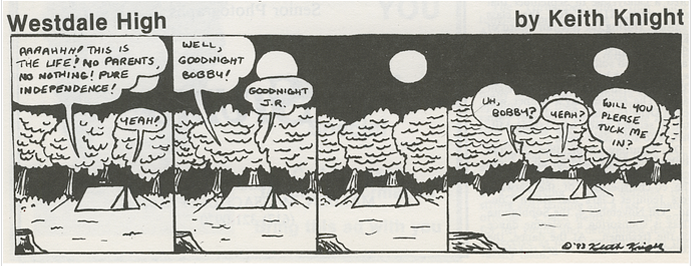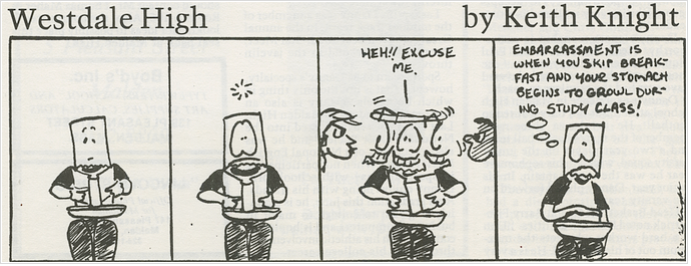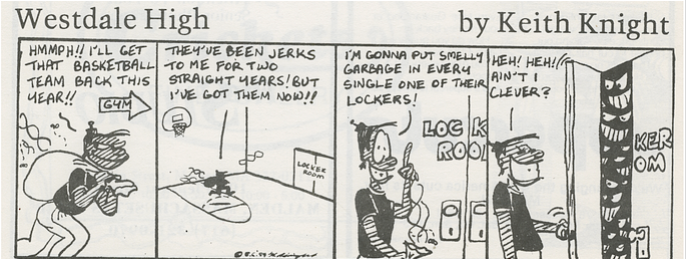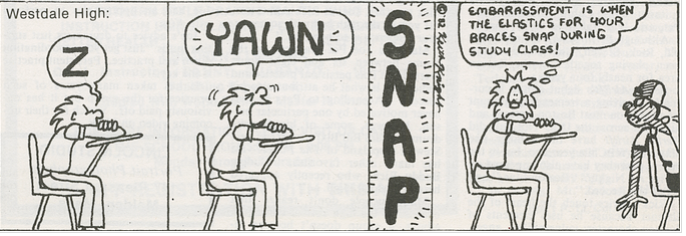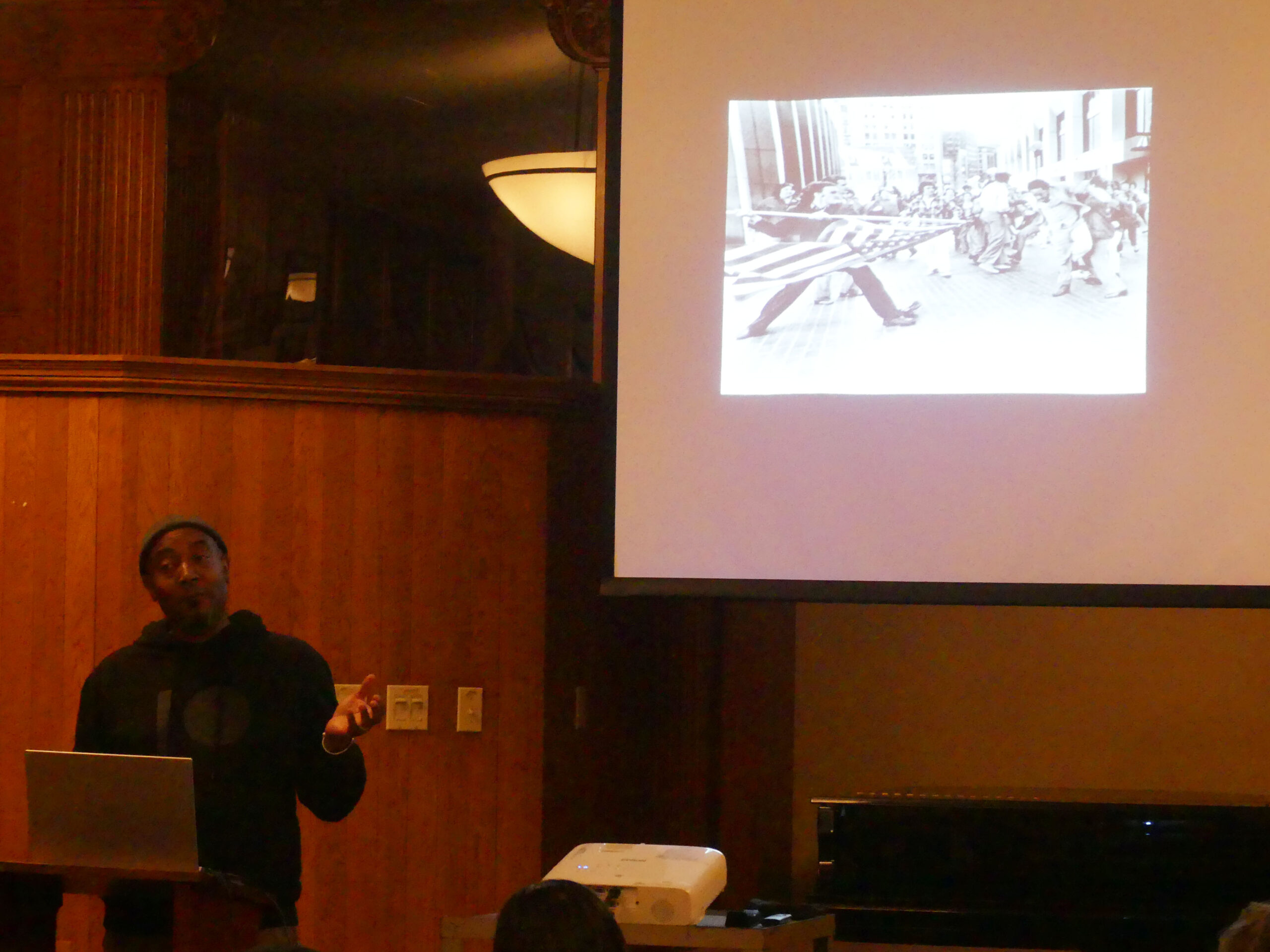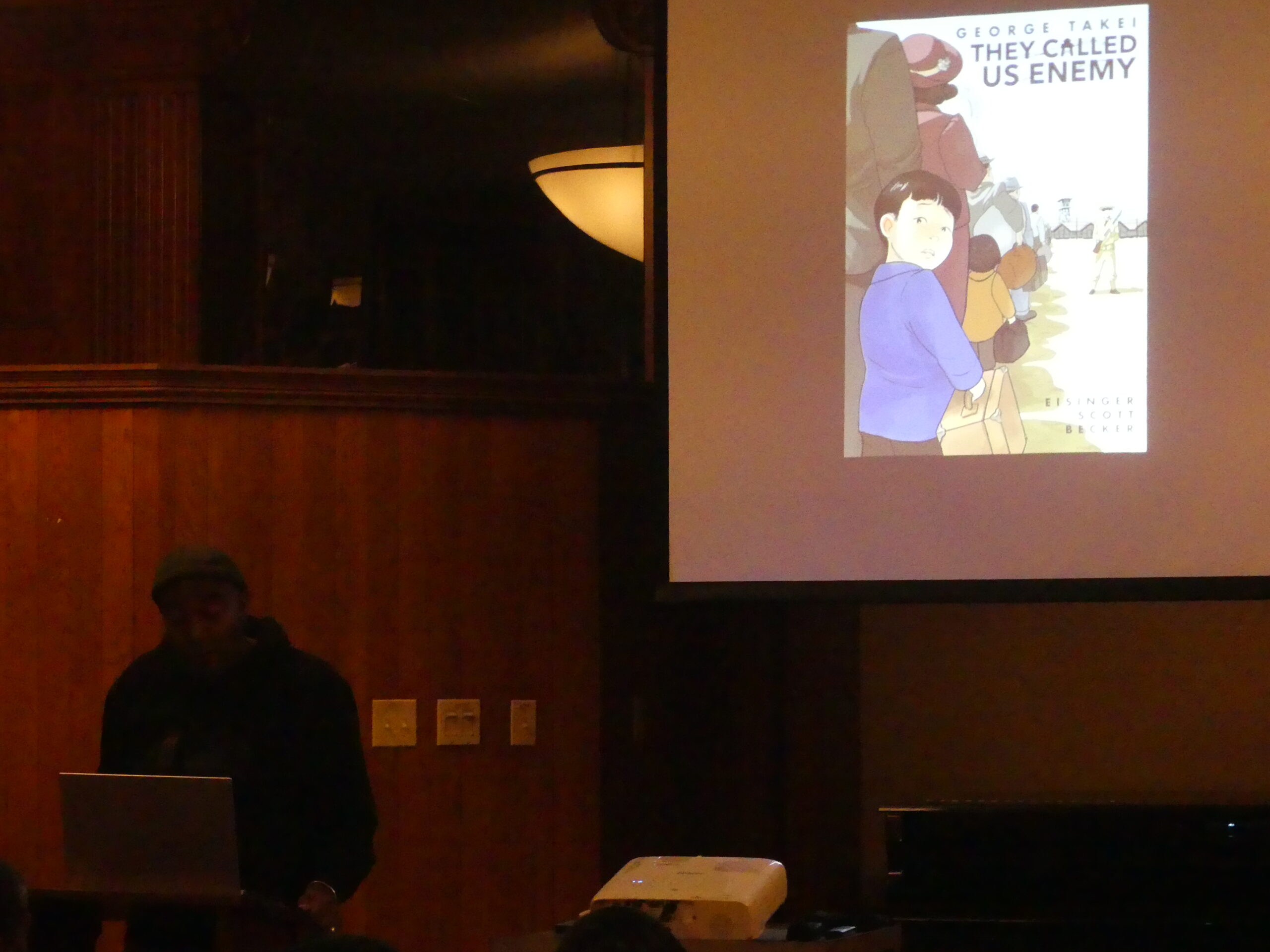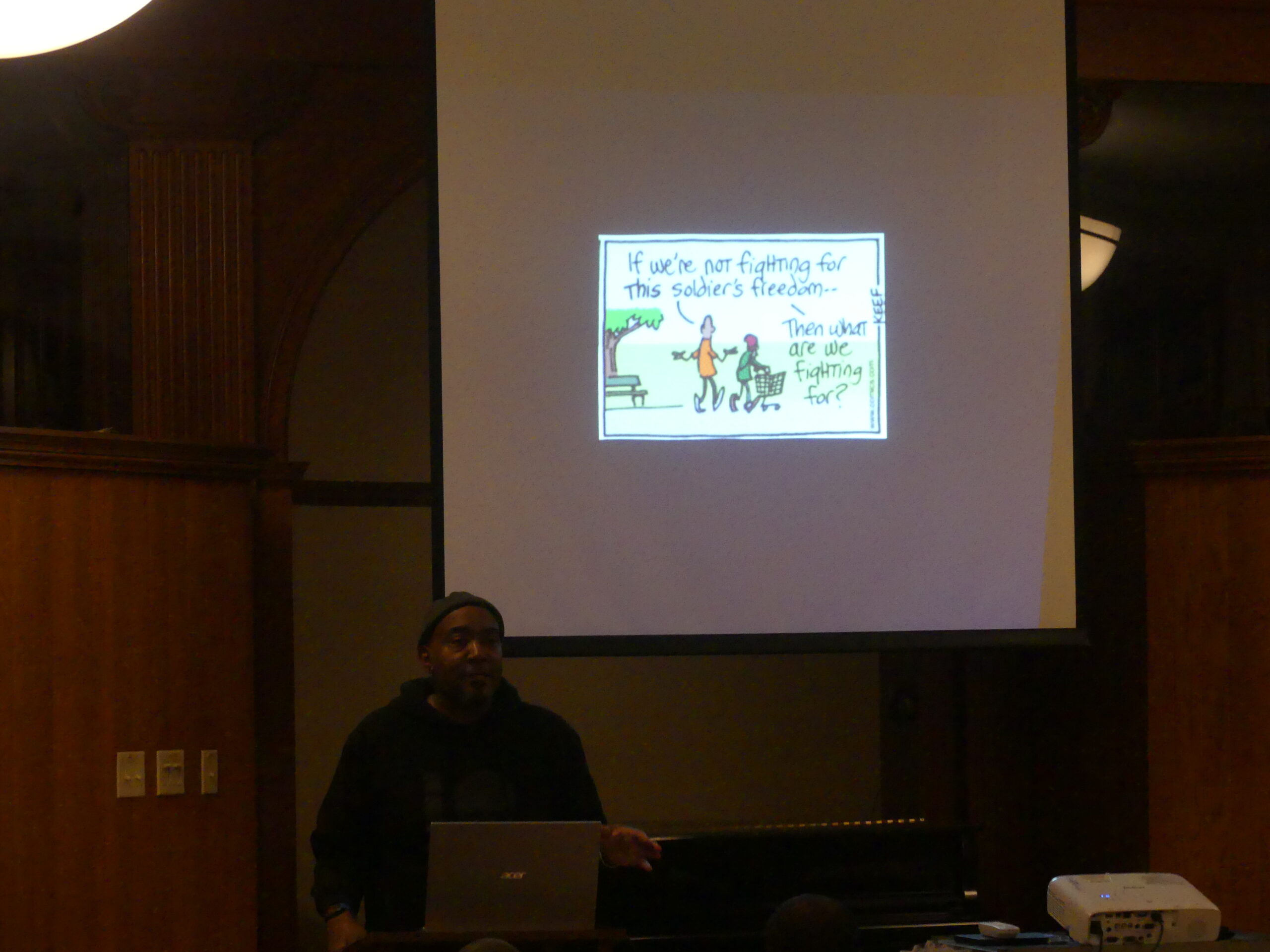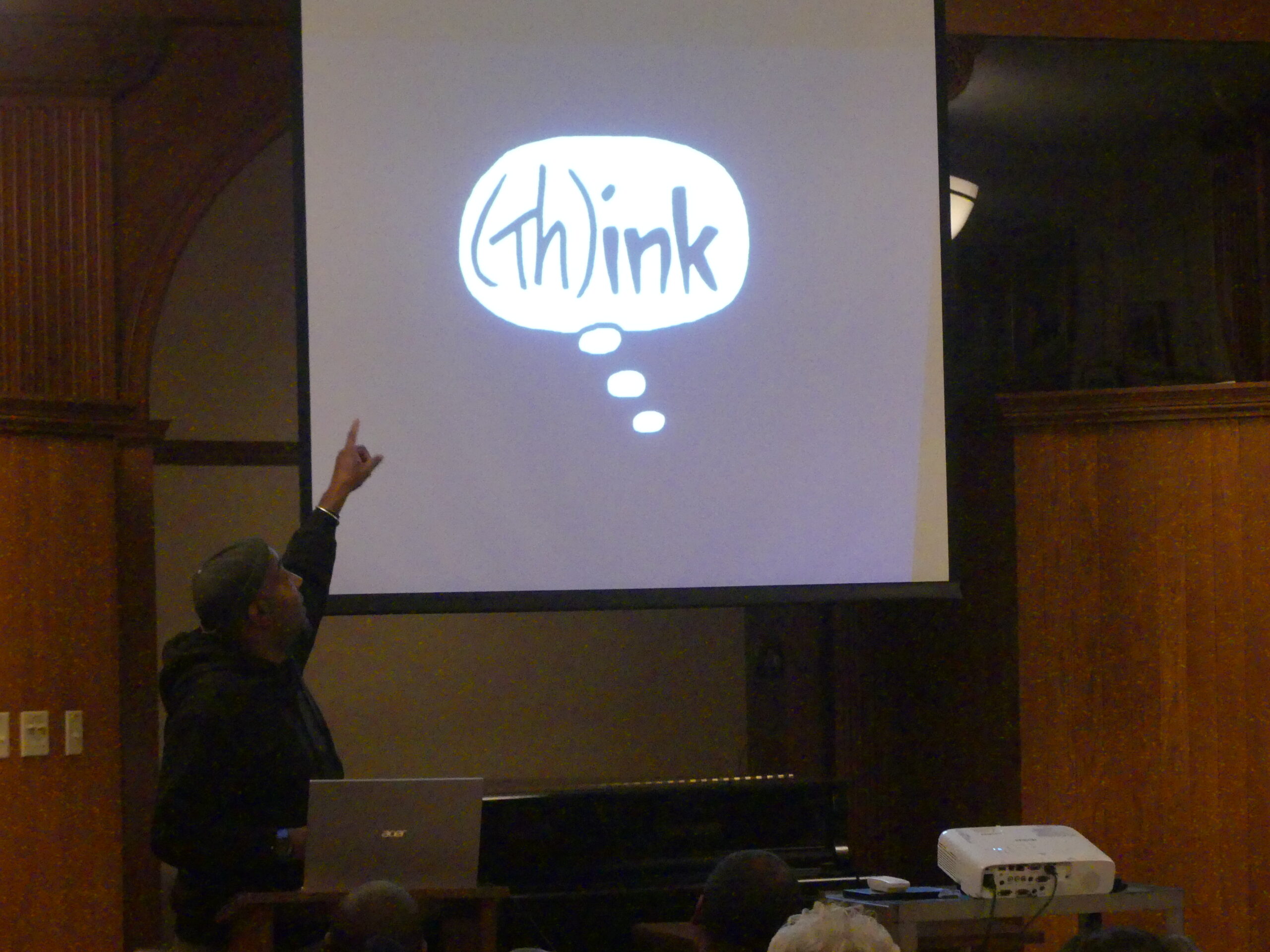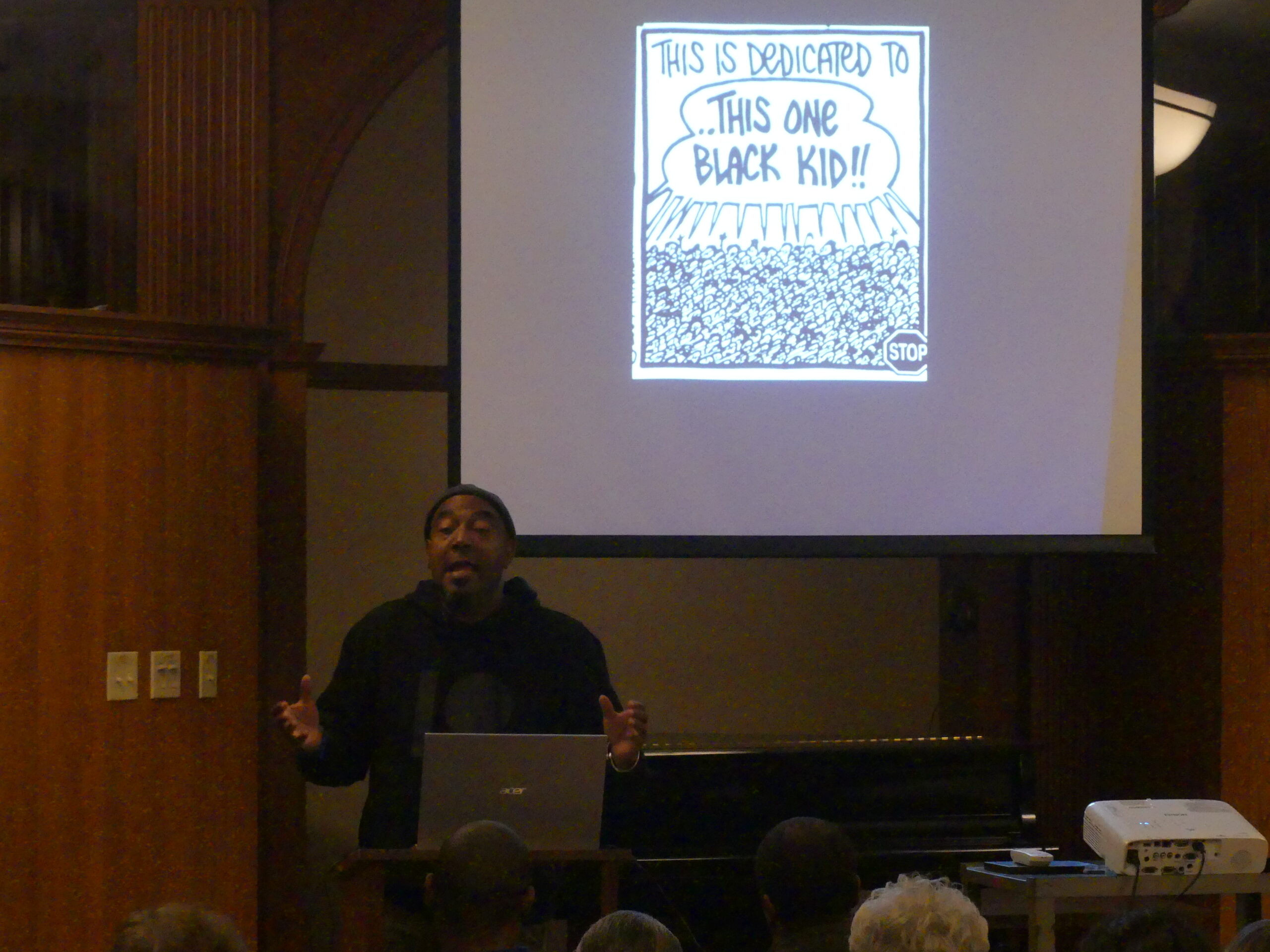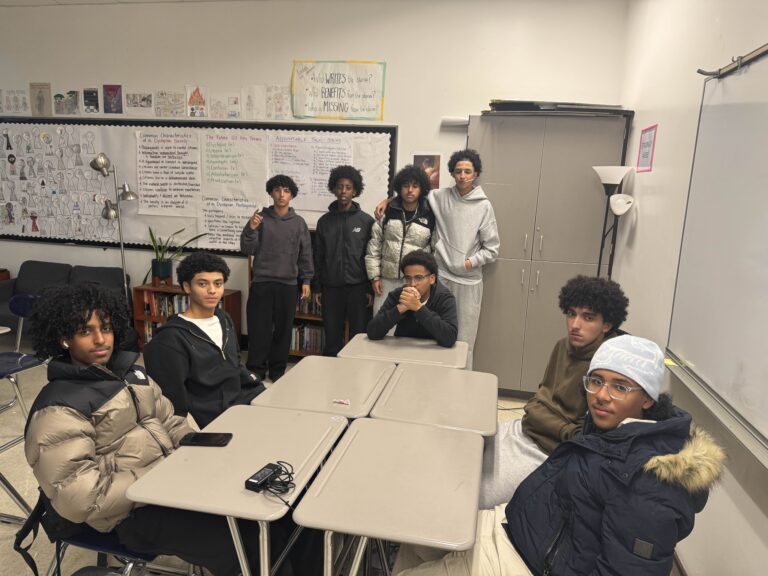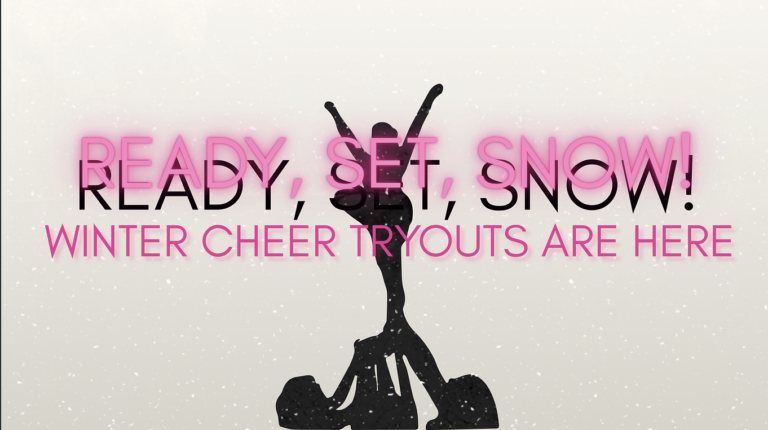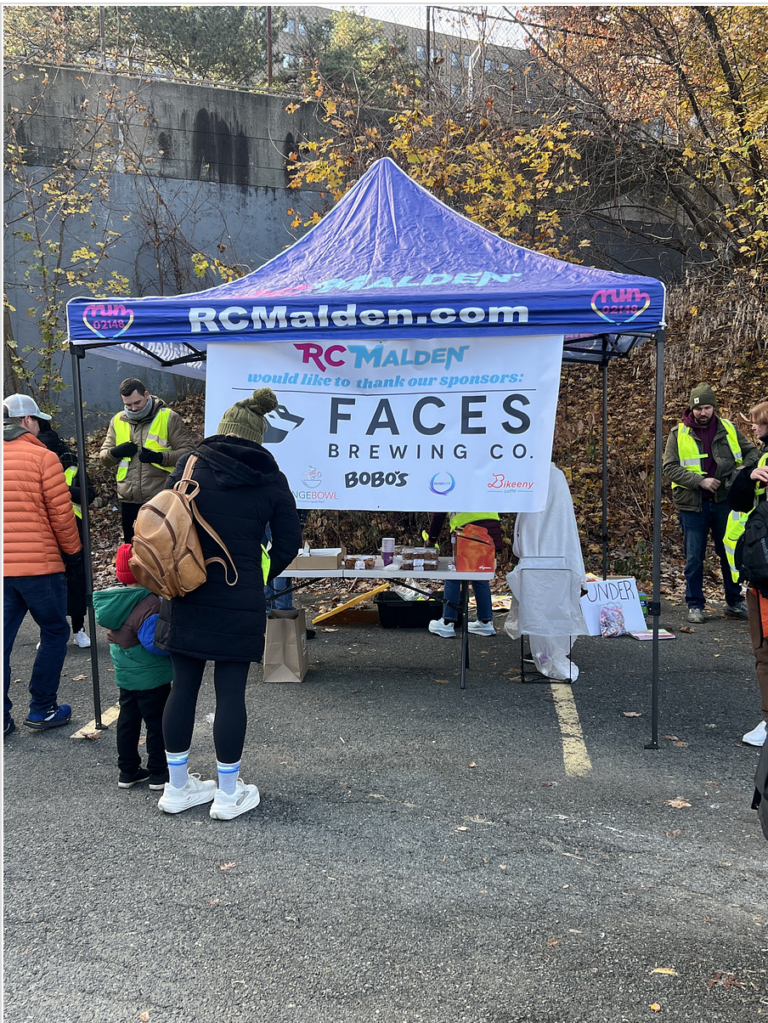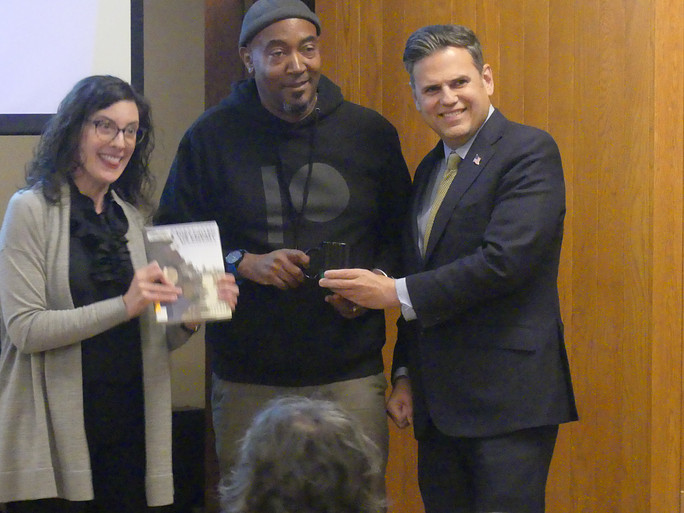
Zachary Nedell contributed to this article
“The most important thing to do is to tell your story. If you don’t tell your story, someone else is going to do it and they’re going to get it wrong,” cartoonist Keith Knight stated during his presentation at Malden Public Library.
On Thursday, November 16th at 6:30 PM, Knight was invited to speak at the Malden Public Library during an event hosted by Malden Reads in collaboration with Malden Arts.
The host Jodie Zalk said that “Keith has been involved in the Malden community with the Malden Art Line, so he’s still in touch with folks here… he always supports the library. So when we reached out to him, he was very enthusiastic about participating.”
Even before the start of the event, everyone was welcoming and interacted with each other. Right off the bat, participants could feel the excitement in the air. There was a huge community present—whether they were family, friends, or fans of his work— whom were all ready to listen to Knight’s presentation.
“I have known Keith since seventh grade and I follow his art, I collect his books, and he’s taught me a lot. He’s very funny and kind, and I just love him as a person. I want to support him,” Jane Dannemberg-Foley, a person who attended, explained.
When the presentation began, Knight showed a picture of angry white people trying to stab a Black person with an American flag and explained what it meant to him. He talk about how he saw it often and how it represents how Black people are treated in America.
Keith is a comic artist that shares the experiences he goes through so that other people can relate. His goal is to educate people about ways Black people are treated by society in a way that will also entertain people, which is why he adds a lot of comedy to his work.
He also aims to create graphic novels where the main characters “look like him,” as he never saw books like that when he was in school. “I was never assigned books where the protagonists look like me. I got more books where animals were the heroes and not people of color,” Knight explained.
Knight talked about how he would always draw with a Black teacher and that that meant a lot to him—the fact that he had someone who looked like him and also shared the same interests as him. That teacher impacted him a lot and those experiences that he had with him are something that he still carries with him today.
He then continued to share comic strips that expressed the frustration of being told so many things about how a Black person should act his entire life.
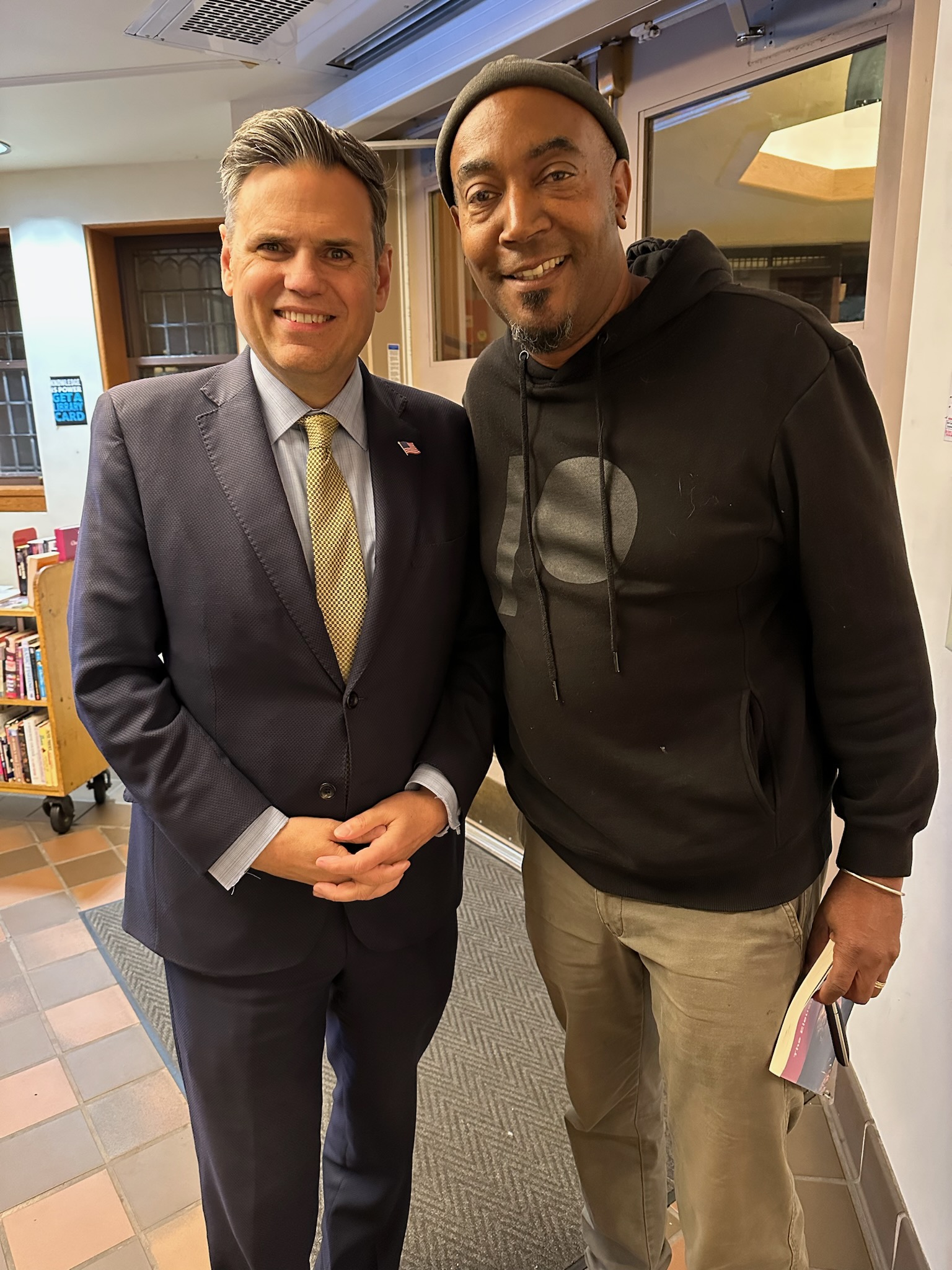
His next topic was how many people tend to avoid the conversation of racism. He then continued to talk about microaggressions. An example he gave is when white people say, “I don’t care if they’re green or purple people,” but there are no green or purple people. He expressed how it “drives [him] crazy” when people say they do not see color, but people should be happy about looking around and getting to see so much diversity and so many different cultures.
“The greatest thing about comics is that they take complex things and they simplify them,” Knight continued. Something a lot of people do not realize is that comics have been around for a very long time, and that is what Knight was telling his audience. He explained how hieroglyphics are comics because they use symbols, meanings, and pictures, and they tell a story.
“I hope to share my passion for creating comics with people and just to show that everybody here can do it too. They may not want to do it for a career but I think it’s a great way to write notes down, as far as just writing words down, create notes. I do graphic reporting for businesses, where I’ll sit in meetings and draw notes, it helps people retain what they’re talking about better,” Knight explained.
He then shifted the topic to the military and how Black people were mistreated there at different times in history. They were sent overseas to save people and give them the rights that they did not even experience themselves.
The graphic novels March, They Called Us Enemy, I Saw It, and Maus, are all books that highlight people’s stories and what they went through.
In the graphic novel Maus, the author illustrated the mice as the Jews and the cats as the Nazis, which Knight found interesting. Something he enjoys about comics is how people never question things while reading, even if they are extremely unrealistic. Even though it might not look real at all, people still get drawn to comics.
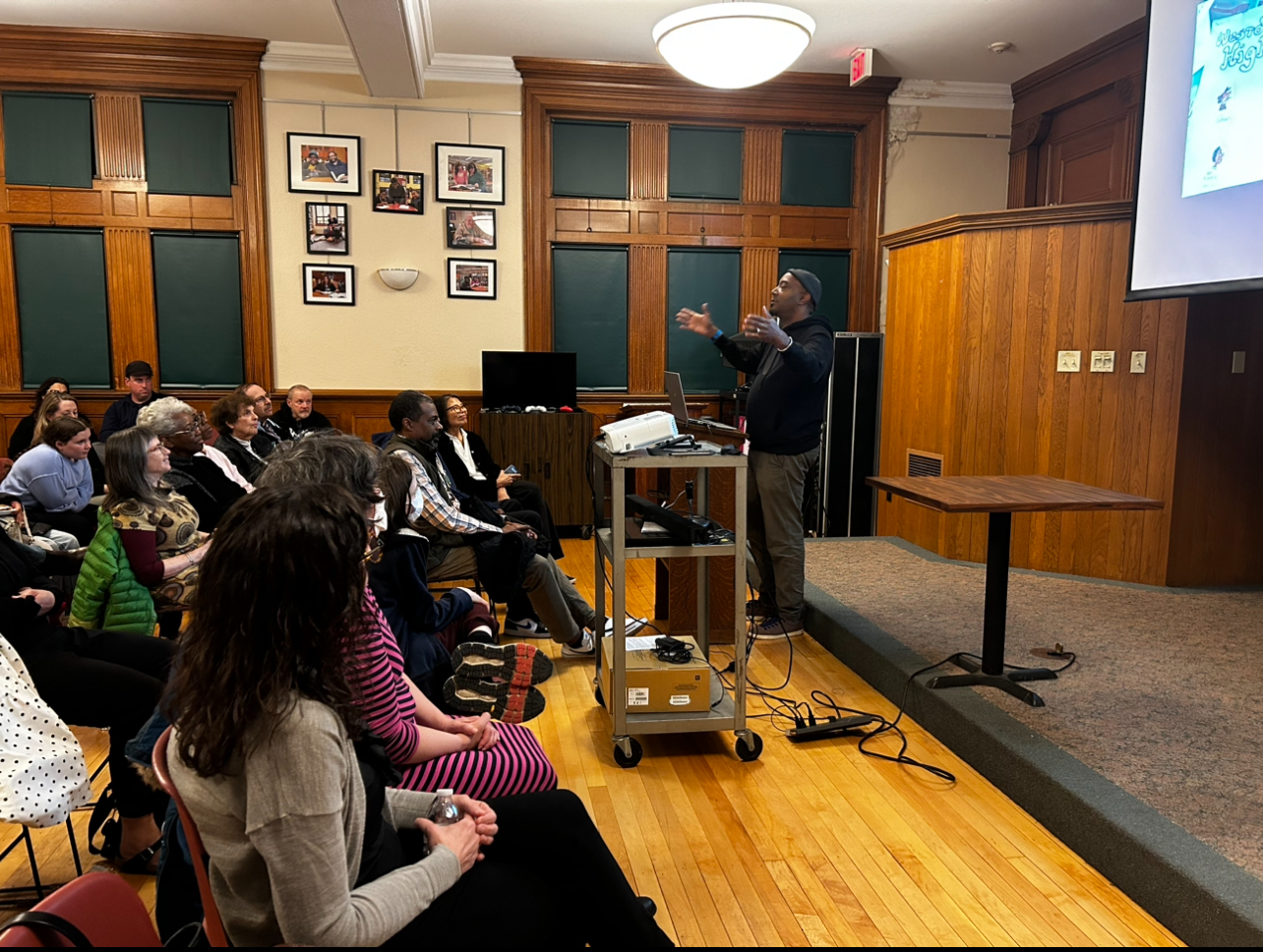
“The greatest thing about comics is that they take complex things and they simplify them.” – Keith Knight
When the presentation neared the end, he shared his TV show “Woke” on Hulu. While he made sure to emphasize that it was “not for kids,” he went through pictures of him while he was on set and described them as his favorite moments on the show. “I was always encouraged by friends and family,” Knight said. The audience could tell that he is passionate about what he does through his energy while speaking about his show.
Finally, he mentioned before the presentation came to a close astory behind his “black mugshot” trend. He started this trend when he posted a picture of him holding a black mug and hashtagged it “black mugshot”. Soon enough, it quickly spread, and many people started posting pictures of themselves holding a black mug.
“That’s what I want to show up when ‘black mugshot’ is searched,” Knight explained. One might probably wonder, why?
Well, mugshots are illegal to post in a lot of countries; but in the United States, they post them “like crazy” Knight emphasized. If you try to get a job, apartment, or even date someone, that mugshot could ruin all of your chances. This is something that especially affects Black people. Police would post people’s mugshots to prove to people that they are doing their jobs without thinking much of it, but it actually destroys people’s lives. That is why he decided to start the “black mugshot” trend.
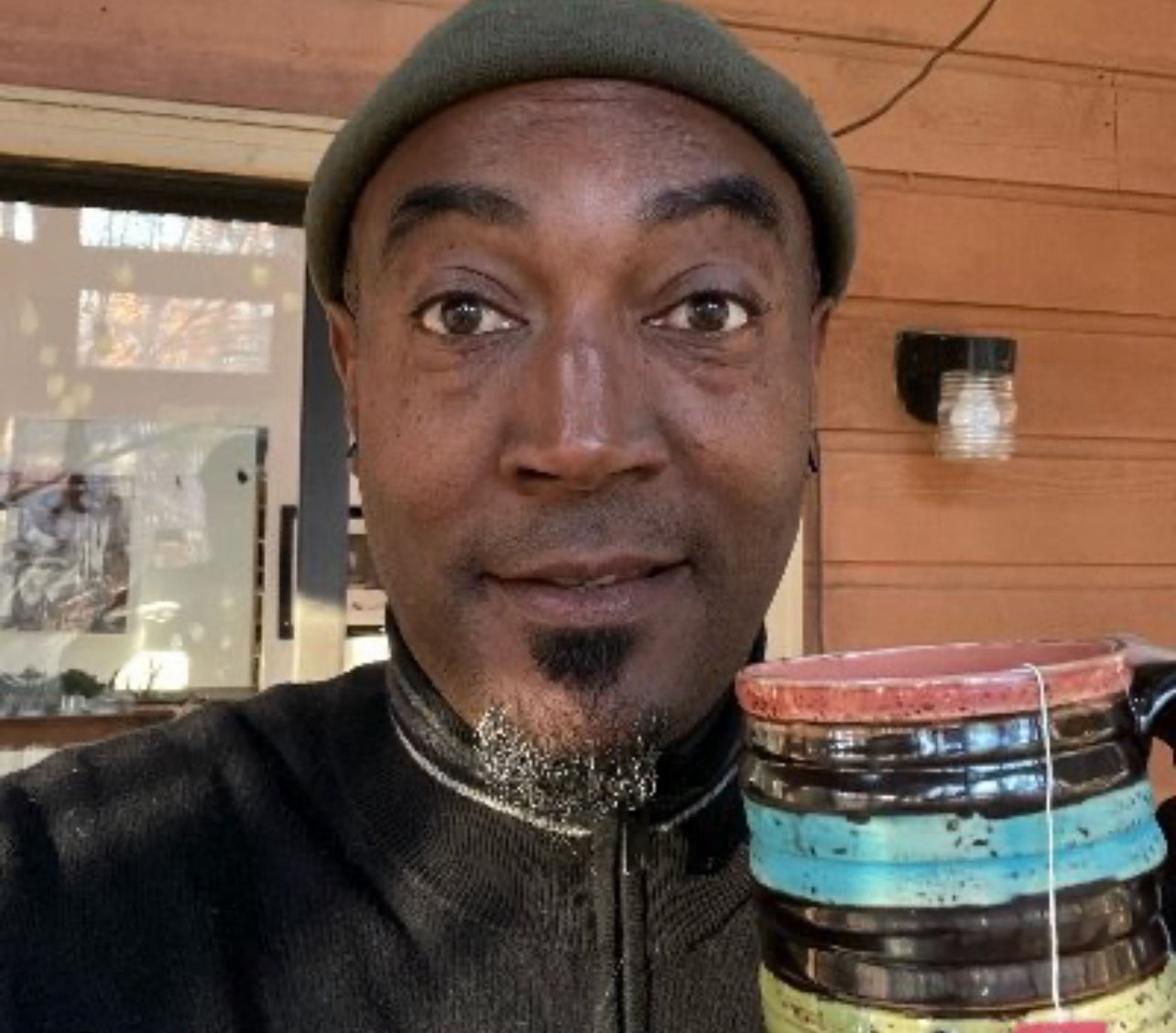
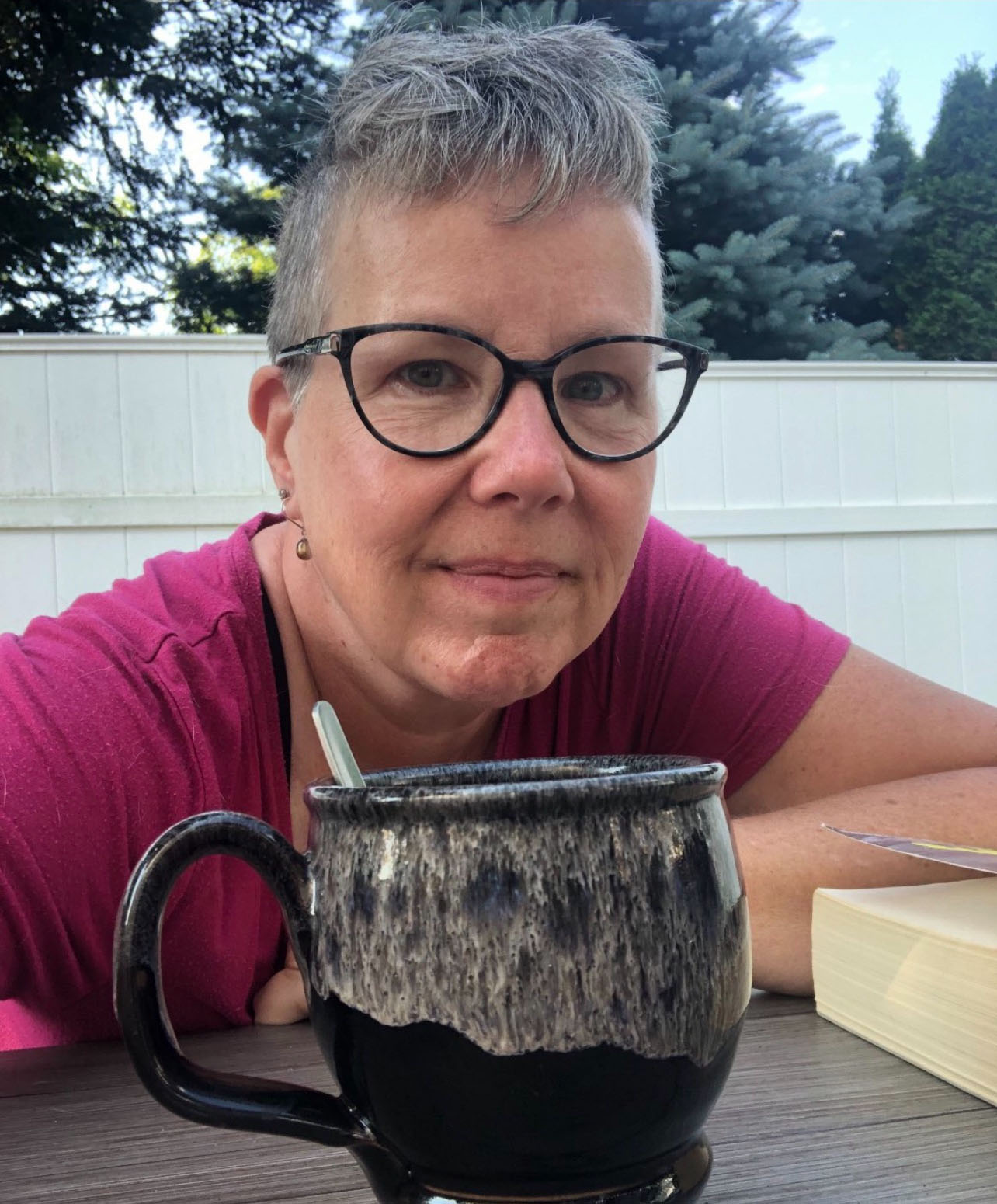
“Let’s learn the true stories instead of learning fairytales,” Knight stated.

